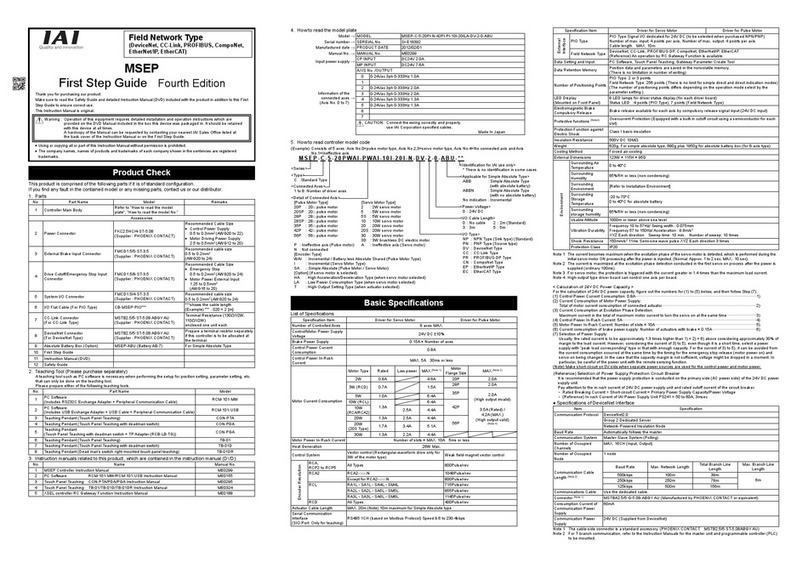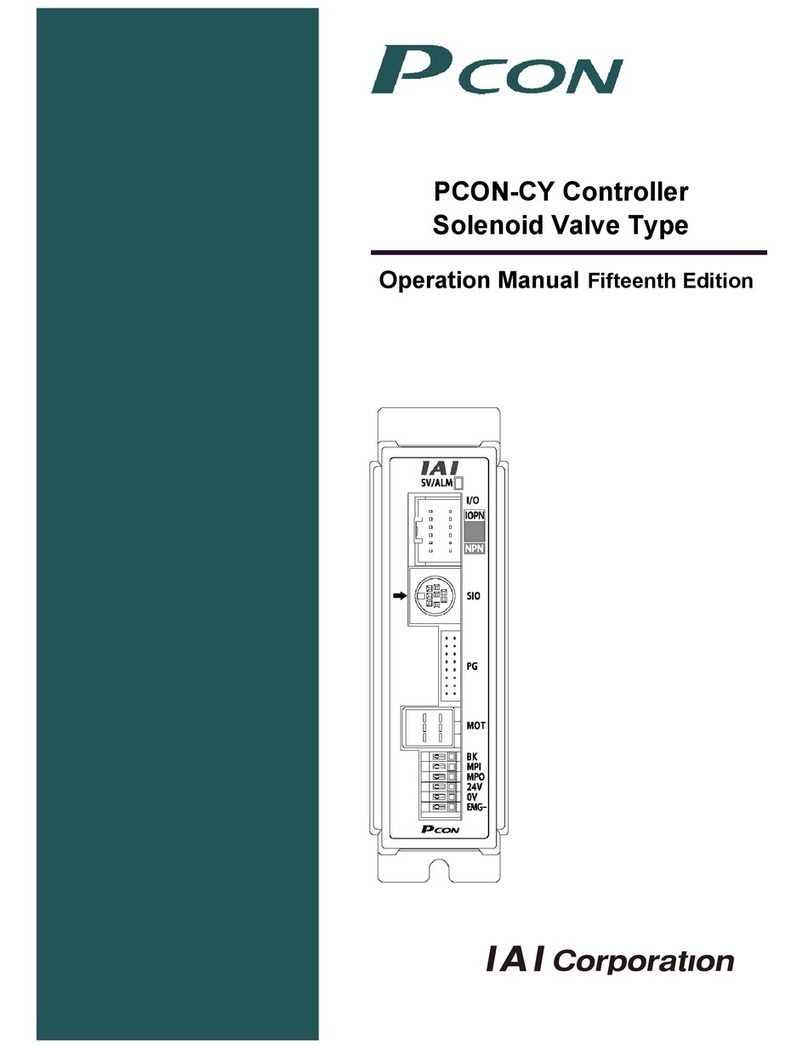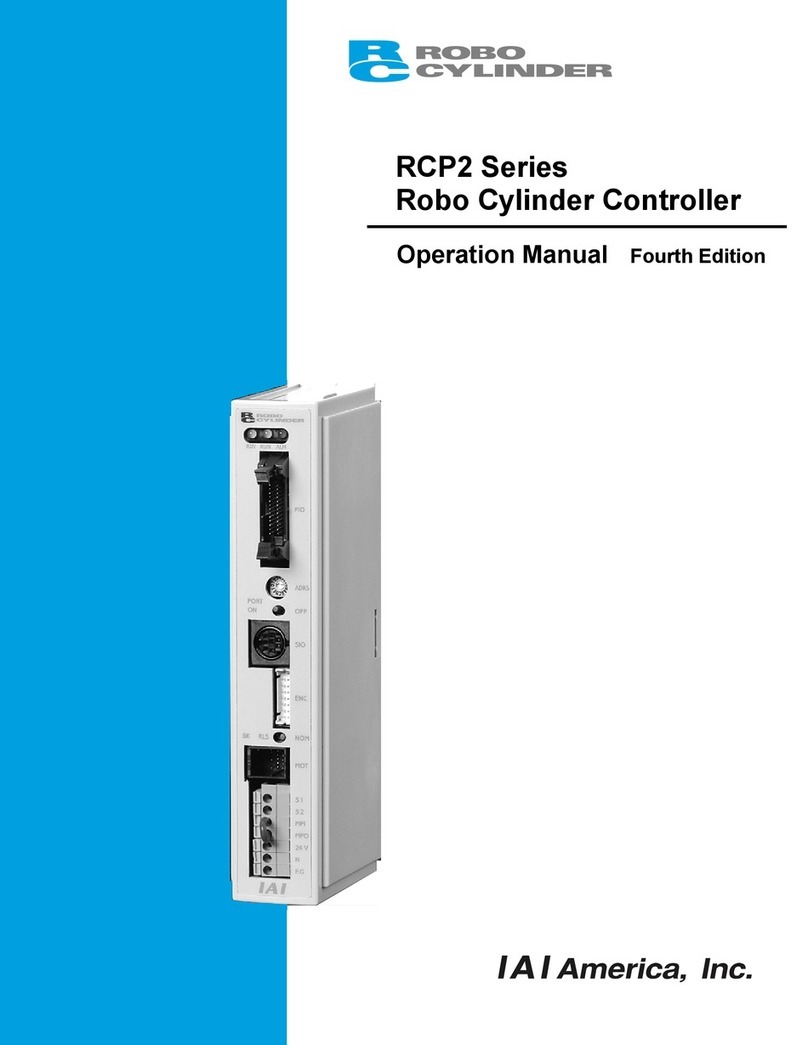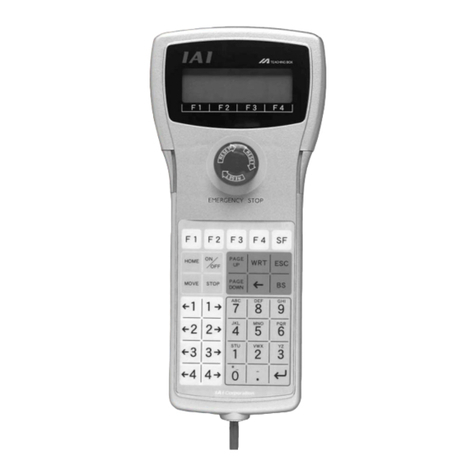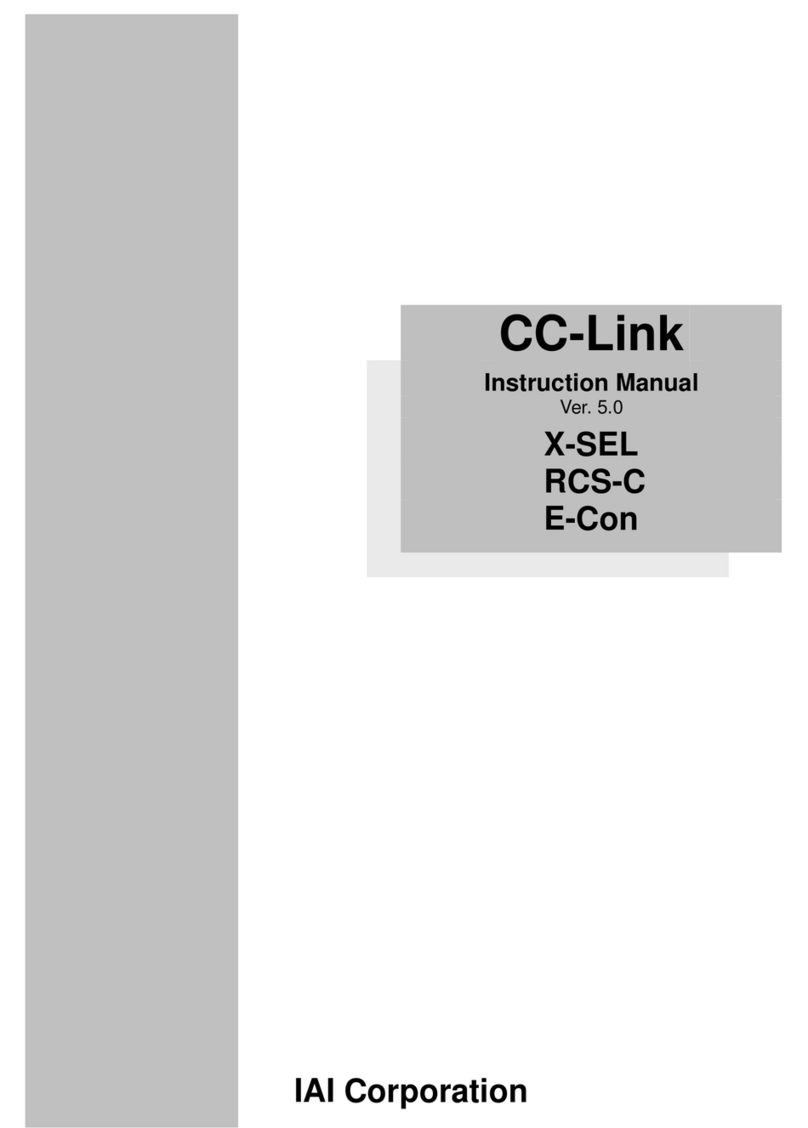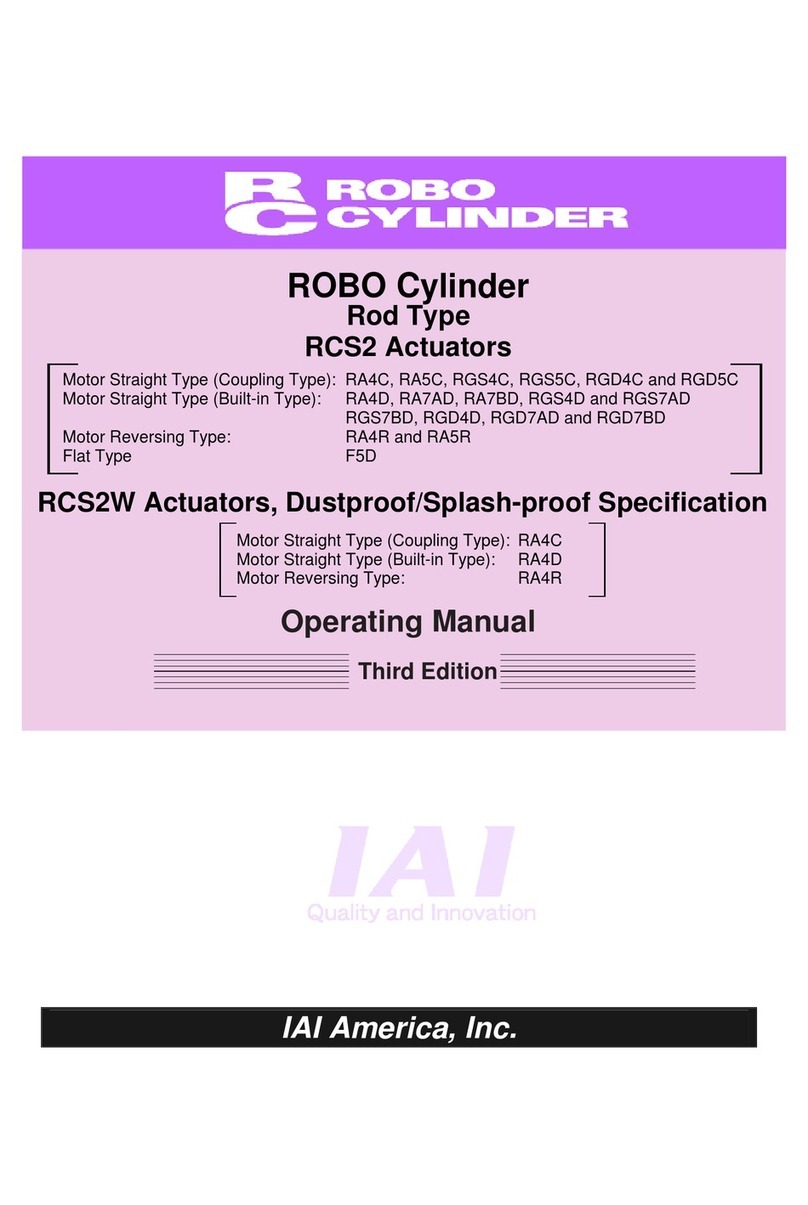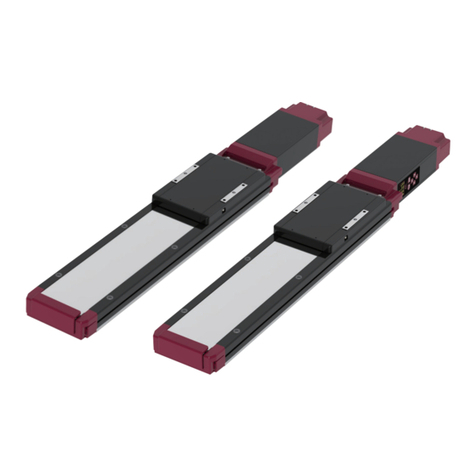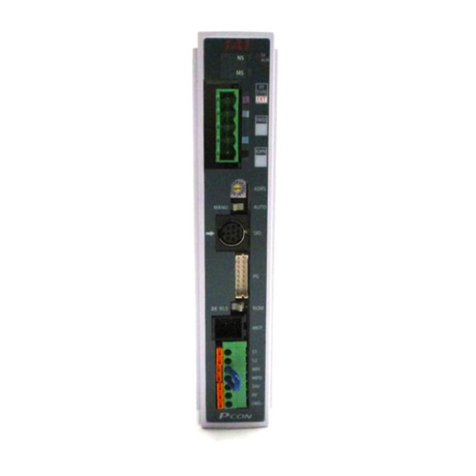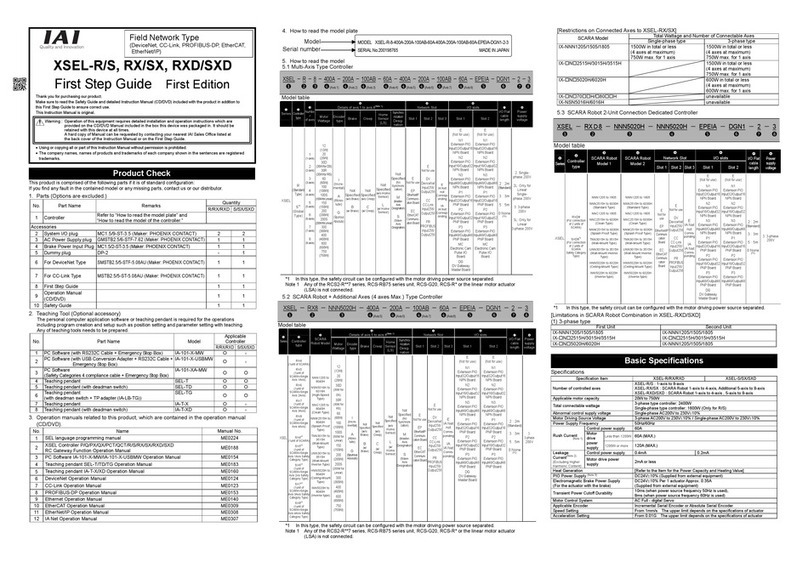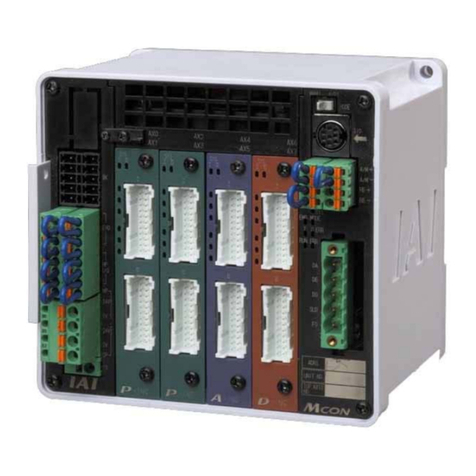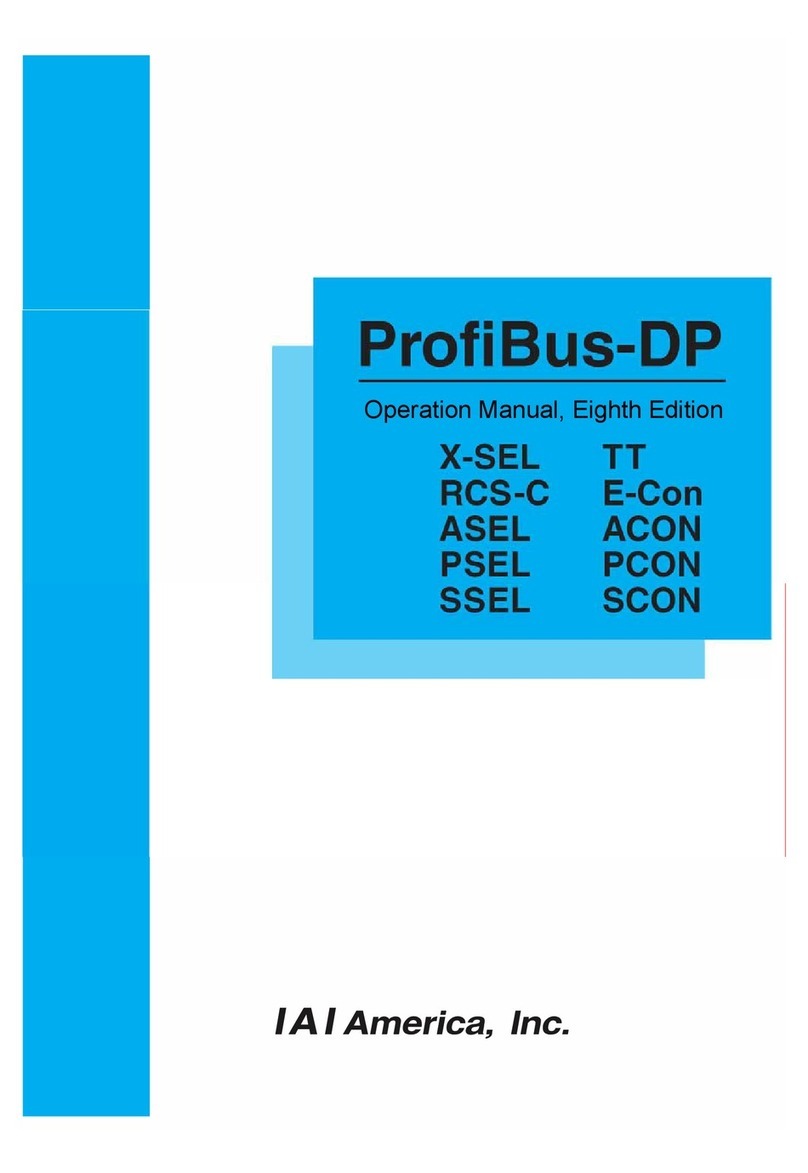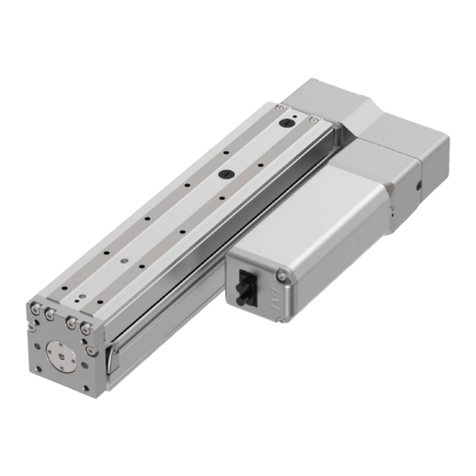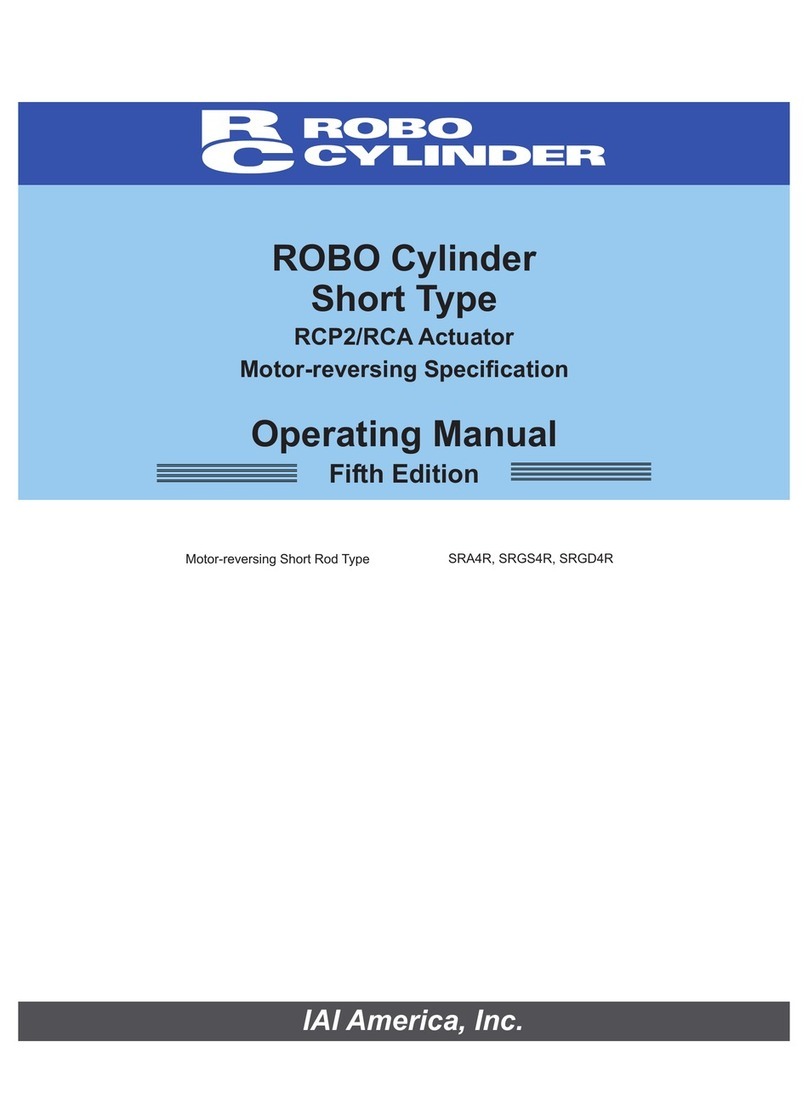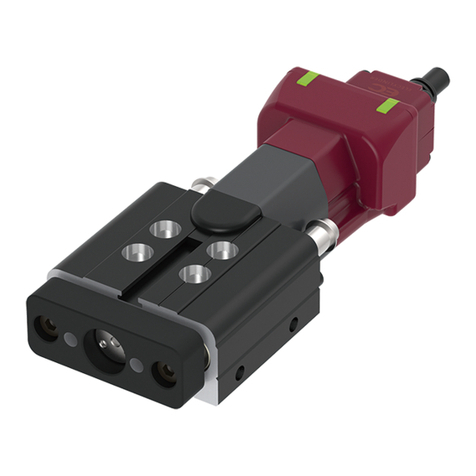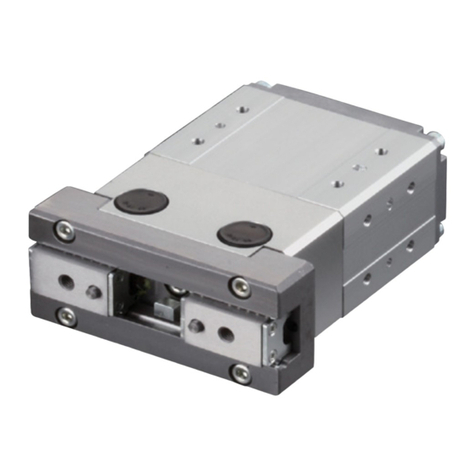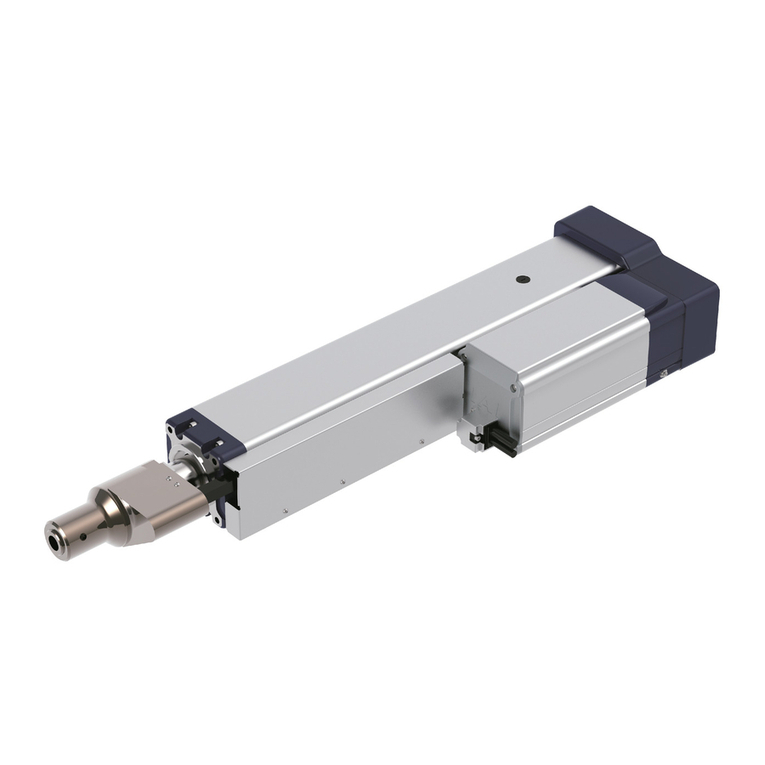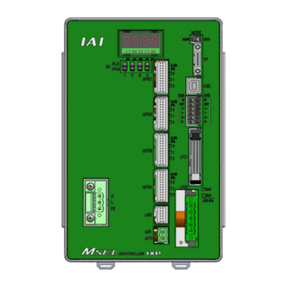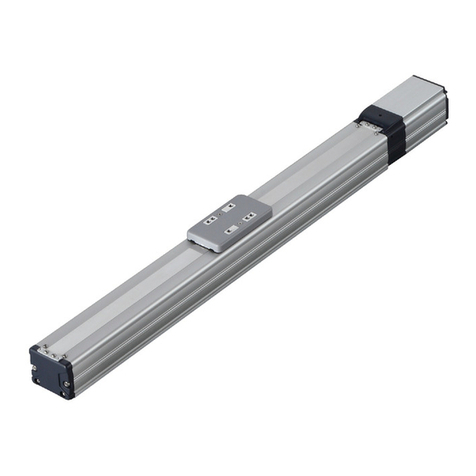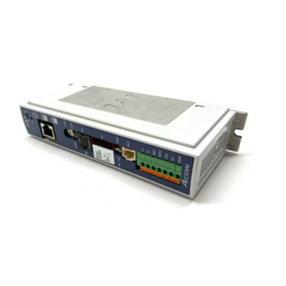
Table of Contents
Safety Guide .............................................................................................................................1
Caution in Handling ..................................................................................................................8
Names of the Parts ...................................................................................................................9
1. Checking the Product ....................................................................................................... 11
1.1 Components .........................................................................................................................................11
1.2 Related Operation Manuals for Each Controller Supported by This Product.......................................11
1.3 How to Read the Model Nameplate..................................................................................................... 12
1.4 How to Read the Model Number ......................................................................................................... 13
2. Specification .....................................................................................................................14
2.1 Maximum Speed .................................................................................................................................. 14
2.2 Acceleration/Deceleration, Payload Capacity and Rated Thrust......................................................... 16
2.3 Driving System/Position Detector ........................................................................................................ 19
2.4 Positioning Preciseness....................................................................................................................... 20
2.5 Allowable Moment of the Actuator ....................................................................................................... 21
3. Life....................................................................................................................................23
3.1 How to Calculate Operation Life.......................................................................................................... 23
3.2 Operation Life ...................................................................................................................................... 24
4. Installation and Storage/Preservation Environment..........................................................25
4.1 Installation Environment ...................................................................................................................... 25
4.2 Storage/Preservation Environment...................................................................................................... 25
5. Transport ..........................................................................................................................26
5.1 Handling a Single Axis......................................................................................................................... 26
5.1.1 Handling a Package............................................................................................................. 26
5.1.2 Handling an Actuator after Unpacking ................................................................................. 26
5.2 Handling an Cartesian Robot (ICS) ..................................................................................................... 28
5.2.1 Handling a Package............................................................................................................. 28
5.2.2 Handling an Actuator after Unpacking ................................................................................. 28
5.3 Handling an Actuator Assembled to a Mechanical System ................................................................. 29
6. Installation ........................................................................................................................30
6.1 Installation Orientations ....................................................................................................................... 30
6.2 Installing the Actuator .......................................................................................................................... 32
6.2.1 Installation Method............................................................................................................... 32
6.2.2 Preciseness of the Installation Surface ............................................................................... 36
6.3 Installing the Load on the Slider .......................................................................................................... 38
6.4 Using T-slots ........................................................................................................................................ 41
6.5 Suctioning for Clean Room Application ............................................................................................... 42
7. Connecting the Controller.................................................................................................43
7.1 Wiring................................................................................................................................................... 43

